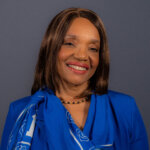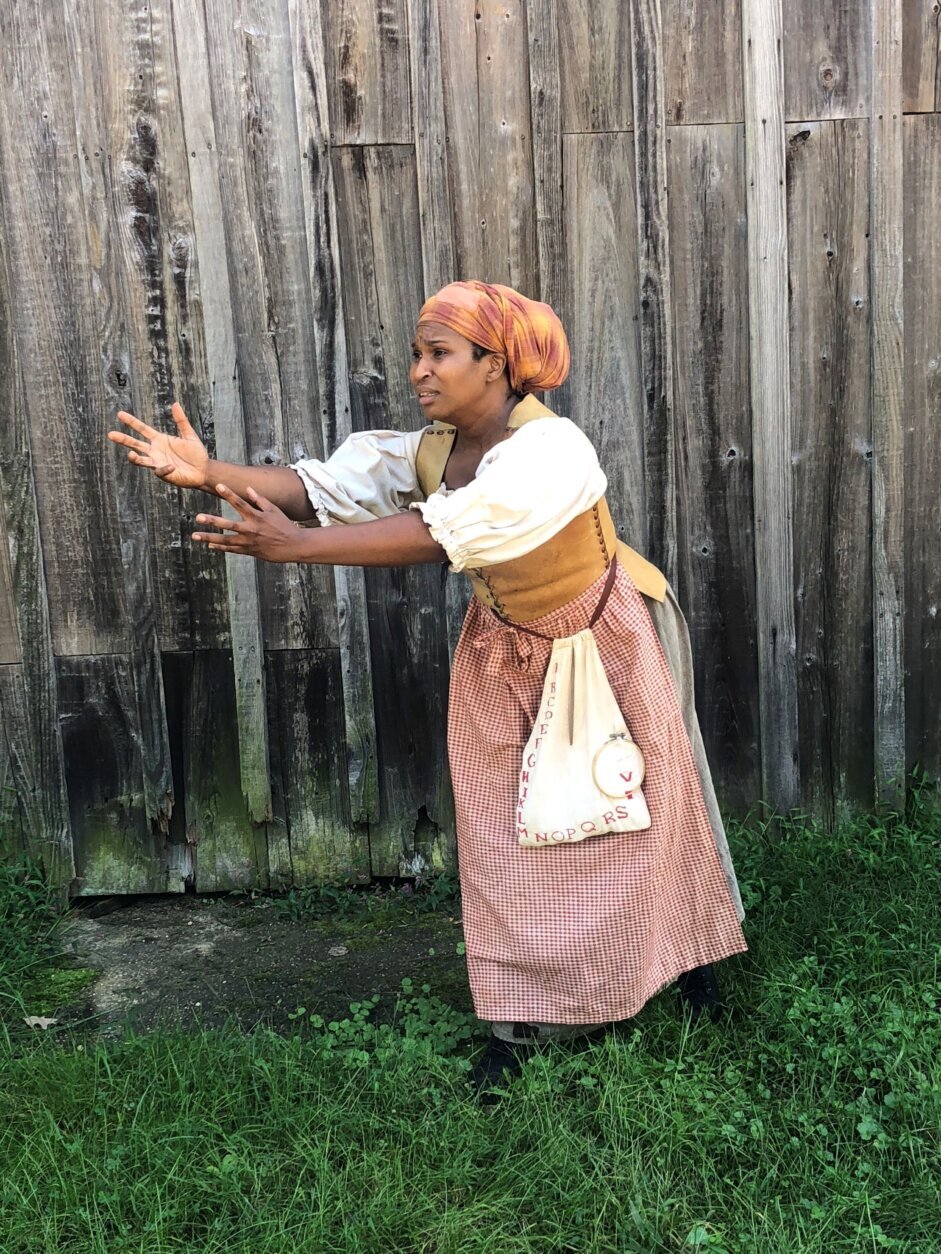
Shemika Renée cosplaying as historical figure Cate Sharper, an enslaved woman from Prince George’s County, Maryland, in the 1700s whose name appears in the probate records of the family that enslaved her.
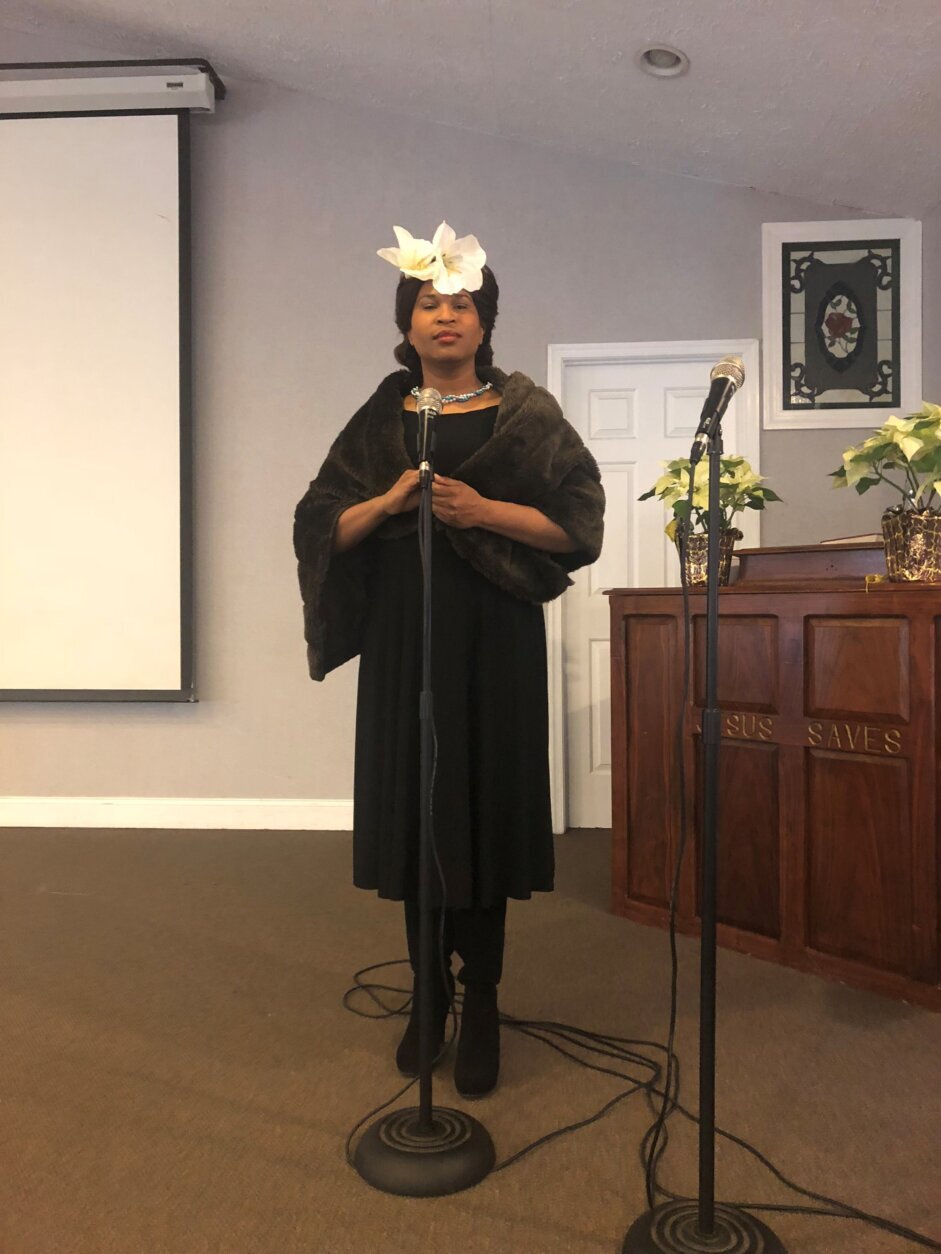
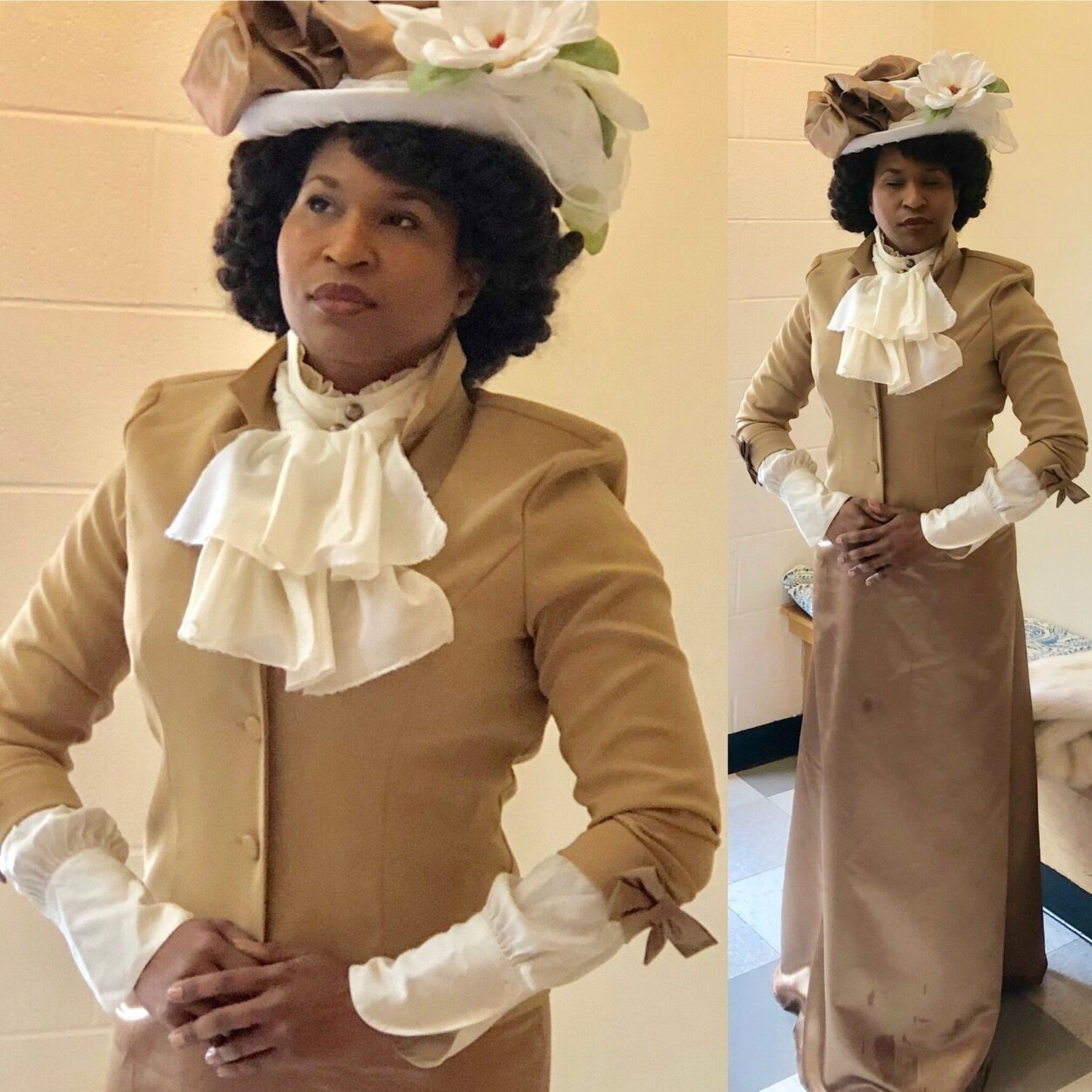
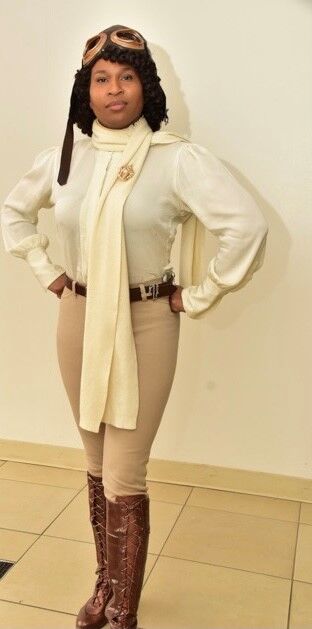
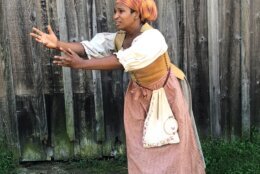
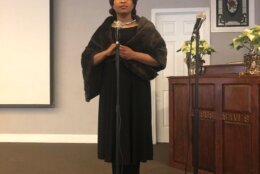
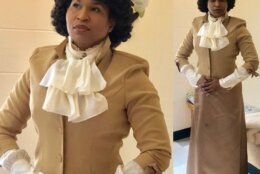

This is part of WTOP’s continuing coverage of people making a difference from our community authored by Stephanie Gaines-Bryant. Read more of that coverage.
A Maryland woman is teaching Black history in schools in a way that she says everyone will be able to relate to.
Shemika Renée, a historical performer and the outreach specialist for the Accokeek Foundation in Piscataway Park, began doing historical performances when her oldest child was five years old.
“I wanted to be a part of his schooling,” she said.
Renée told her son’s teacher that she could dress up as any historical figure and tell their story in first person. The teacher requested that she dress up like John Chapman, better known as “Johnny Appleseed,” a white man, even though she’s Black.
Her first performance was a success.
“My career was born.”
Later, she began dressing as Black pioneers like Coretta Scott King and Harriet Tubman.
Renée began performing throughout the school, especially during Black History Month when she performed a new historical figure for each week of the month. Each day in February, she posts a picture of a historical figure on social media.
Renée has been performing for almost 20 years, and creates all of her costumes by thrifting or reusing pieces.
In 2018, one of her friends challenged her to develop her own show, “Ms. Story’s Living History,” a one woman show that she has performed throughout the DMV.
In the show, Renée starts off with Phyllis Wheatley, the first African American woman to publish a book of poetry, and then transitions to tell the story of Cate Sharper, an enslaved woman she portrays at the Accokeek Foundation.
“For me, she represents the ancestors that don’t make it into the history books,” she said.
Sharper was enslaved in Prince George’s County in the 1700s. Not much is known about her except that she had a son whose name was Jack or John who was sold away from her when her owners, who were tobacco farmers, suffered financially when the crops were destroyed.
The show is an hour and a half long and family friendly.
“I use language that the youngest three-year-old to the most seasoned 99-year-old can understand and relate to,” she explained.
Renée said it’s important to tell the story of our ancestors “just as we are focused on saying the names of those who have been victims of tragic violence, we should say the names of our ancestors.”

